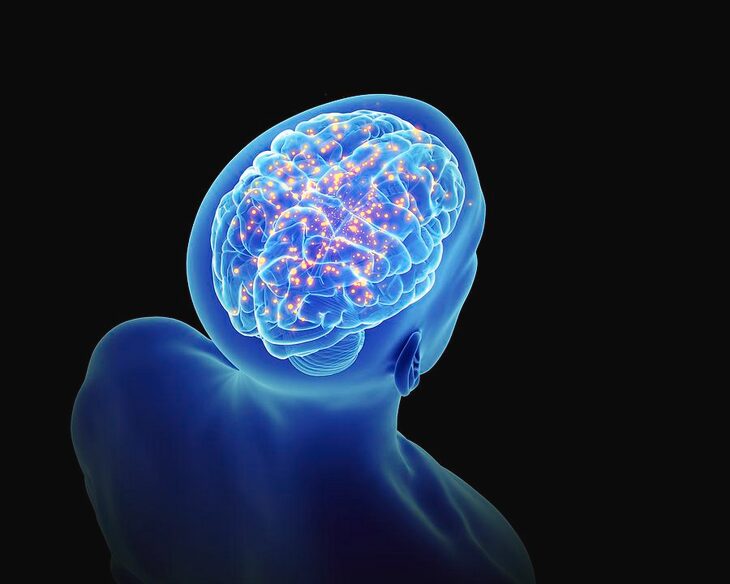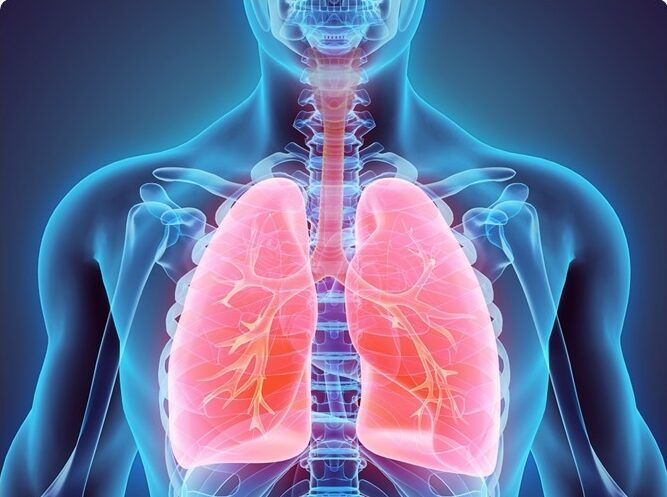In a new study, a team of biologists found that participants’ breathing patterns were so unique that they could identify them with almost perfect accuracy.
But not only that; the study also showed that these “respiratory fingerprints” could predict physical and mental traits like Body Mass Index (BMI) and mental illness.

Your breathing pattern and your brain are all tangled up together. It makes sense, then, that a unique brain would generate a unique pattern. Photo: Shutterstock
Counting breaths
To measure breathing patterns, researchers strapped a special device onto 100 subjects for 24 hours, logging every inhale and exhale. AI analysis then turned the data into a distinct pattern, which then matched breathing to participants with 96.8% accuracy. The breathing data also indicated whether a subject was asleep or awake, and seemed to indicate Body Mass Index.
Researchers invited the subjects back three months later for another trial. They found that their breathing patterns hadn’t changed much, indicating that the fingerprint was fairly stable.
Participants filled out surveys designed to measure depressed, anxious, and autistic traits. All three conditions have possible links to respiratory dysfunction.
Breathing exercises are widely used to reduce anxiety. But respiratory fingerprints could have a much broader application. “We envision application of respiratory fingerprints across various areas of medicine,” the paper predicted.
The device that researchers used to measure nasal respiration was fixed to the back of the neck and inserted into the nostrils. Photo: Soroka et al
The future of respiratory fingerprints
Even the most fundamental physiological processes, like breathing, aren’t fully understood. We are still learning how changes to breathing and air conditions affect the body. The respiratory fingerprint may help fill in those gaps.
It’s promising research, but the rocky history of fingerprints shows why good science is slow and cautious. The method of using fingerprints as identification was developed in 1892, and they became prime evidence for many convictions and executions. Now, in the era of DNA evidence, several people convicted based on their fingerprints have been exonerated.






